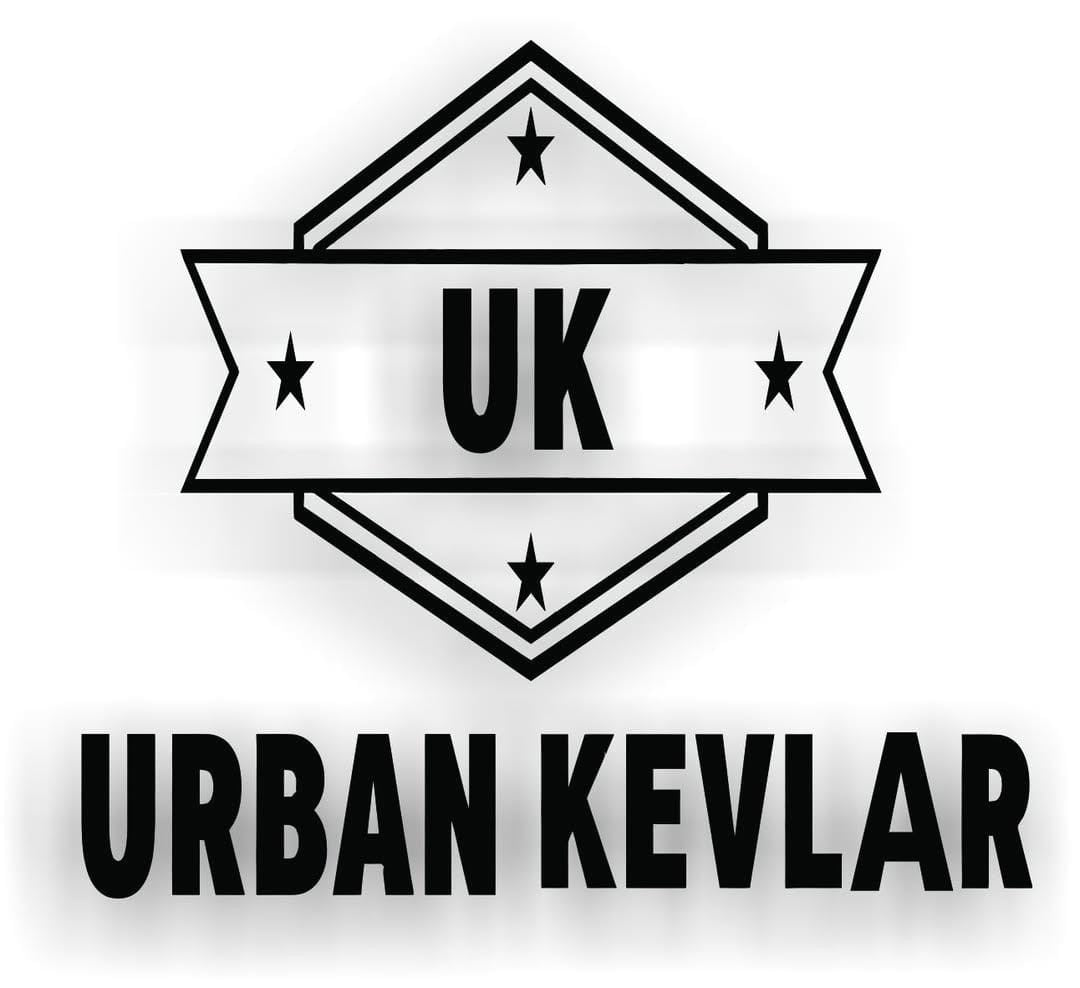The leather production process begins with the sourcing of raw materials, primarily animal hides obtained from livestock such as cattle, sheep, goats, and pigs. These hides are a byproduct of the meat industry, making leather a sustainable material choice. Once collected, the hides undergo a series of treatments to remove hair, flesh, and other impurities, a process known as tanning. Tanning can be done using natural methods, such as vegetable tanning, or chemical processes, such as chrome tanning, each yielding different qualities and characteristics in the finished leather.
After tanning, the leather is further processed through various stages to enhance its quality and usability. This may include dyeing, finishing, and conditioning, where the leather is treated to achieve desired colors, textures, and levels of softness. The finished leather is then ready to be transformed into a wide range of products, including clothing, accessories, upholstery, and automotive interiors.
The leather industry is a major contributor to the global economy, generating billions of dollars in revenue annually and providing employment opportunities for millions of people worldwide. Developing countries, particularly those with abundant livestock resources, often play a significant role in leather production, exporting finished leather and leather goods to markets around the world. In addition to its economic impact, the leather industry also plays a crucial social and cultural role in many communities, preserving traditional craftsmanship and supporting local livelihoods.
However, the leather industry is not without its challenges and controversies. Environmental concerns, such as deforestation and pollution associated with tanning processes, have led to calls for greater sustainability and accountability within the industry. Efforts to address these issues include the adoption of eco-friendly tanning practices, waste reduction initiatives, and the promotion of traceability and transparency in the supply chain.
Animal welfare is another contentious issue within the leather industry, with concerns raised about the treatment of animals raised for their hides. While many leather producers adhere to strict standards and regulations governing animal welfare, there have been instances of unethical practices and cruelty in some parts of the world. As a result, there is growing demand from consumers for ethically sourced and cruelty-free alternatives to traditional leather.
Despite these challenges, the leather industry continues to thrive, driven by consumer demand for high-quality, durable products with timeless appeal. Innovations in technology and materials science are also shaping the future of the industry, with the development of sustainable leather alternatives, such as plant-based and lab-grown leather, offering promising solutions to environmental and ethical concerns.
In conclusion, the leather industry occupies a significant position in the global economy, supplying a wide range of products used in various sectors. While facing challenges related to sustainability, environmental impact, and animal welfare, the industry remains resilient, adapting to changing consumer preferences and advancing technological innovations. As the demand for leather goods continues to grow, the industry must embrace responsible practices and innovation to ensure its long-term viability and relevance in the modern world.


